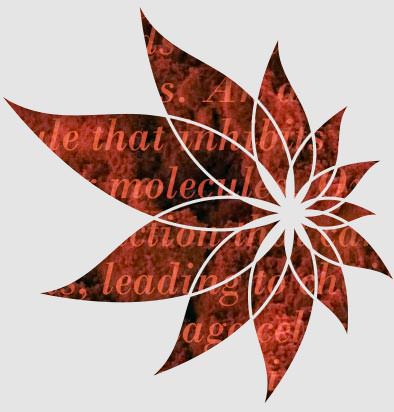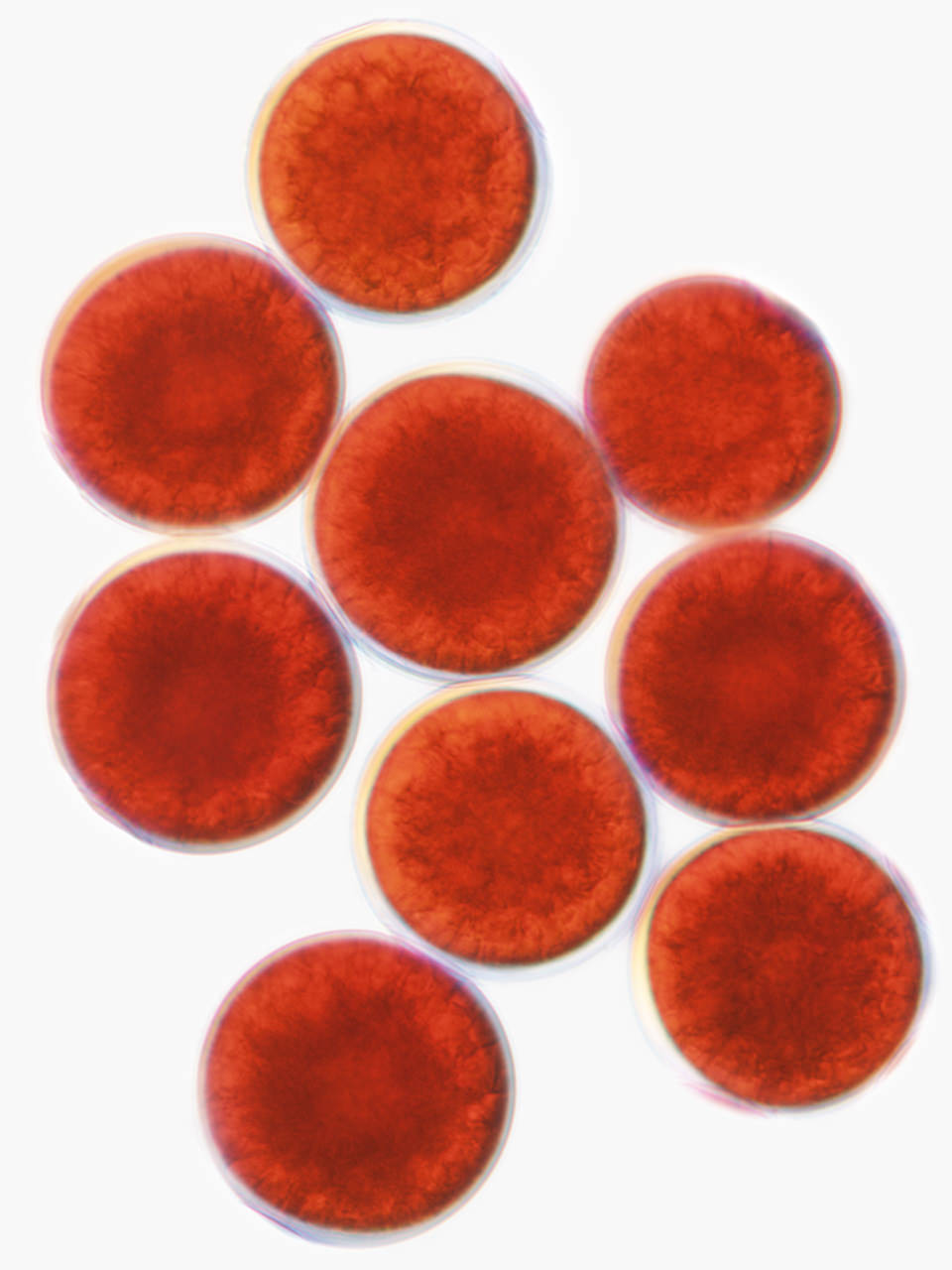
What is Astaxanthin?
Astaxanthin (pronounced “asta-ZAN-thin”) is an all natural, dark-red keto-carotenoid that is produced by algae, and this pigment can also be found in aquatic animals such as lobster, arctic shrimp, crab, crawfish, red trout, krill, and crustaceans that eat algae. Astaxanthin is often referred to as one of the most potent carotenoids due to its high antioxidant activity.
The microalga Haematococcus pluvialis grows in fresh water and it is the world’s richest source of natural astaxanthin. Humans, like crustaceans, cannot synthesize astaxanthin and we must acquire it through our diet. Astaxanthin is presently used as a dietary supplement for humans, animals, and in aquaculture applications.
Studies have shown that natural astaxanthin is 500 times stronger than vitamin E, 6,000 times stronger than vitamin C, 800 times stronger than Coenzyme Q10, 550 times stronger than green tea catechins, 75 times stronger than alpha-lipoic acid, and much more potent than other carotenoids, including lutein, beta-carotene, and lycopene.


Benefits of Astaxanthin
Anti-inflammatory
Reduces the inflammatory compounds that drive many chronic diseases and improves the way the immune system functions
Promoter of Eye Health
The human retina naturally contains the carotenoids lutein and zeaxanthin, which are carotenoids closely related to astaxanthin
Endurance and Energy Level
Astaxanthin can boost the body’s use of fatty acids, which helps prevent muscle and skeletal damage, lowers lactic acid buildup, and inhibits creatine kinase activity
Skin Health
Reduces wrinkles, protects against sunburns, and helps maintain skin moisture, and elasticity
Healthy Aging
Protects cardiovascular health and slows aging in the brain

Natural vs Synthetic Astaxanthin
The most significant difference - natural astaxanthin is derived from living microalgae, whereas synthetic astaxanthin is made from petrochemicals.
Natural astaxanthin is produced by several types of microalgae, including Haematococcus pluvialis. It also occurs in fish and crustaceans that consume this algae, including shrimp, salmon and krill. For this reason, krill oil supplements typically contain natural astaxanthin and omega fatty acids they obtained by consuming algae.
Synthetic astaxanthin is produced using solvents and petrochemicals. While synthetic and natural astaxanthin are structurally identical, only 25% of synthetic astaxanthin is bioavailable and lacks mono- and di-ester forms. In the absence of natural sources, synthetic astaxanthin is used in the salmon industry to give the flesh of farm-raised salmon the traditional dark pink-red color. Without algae and astaxanthin in the diet, the flesh is grayish white.


